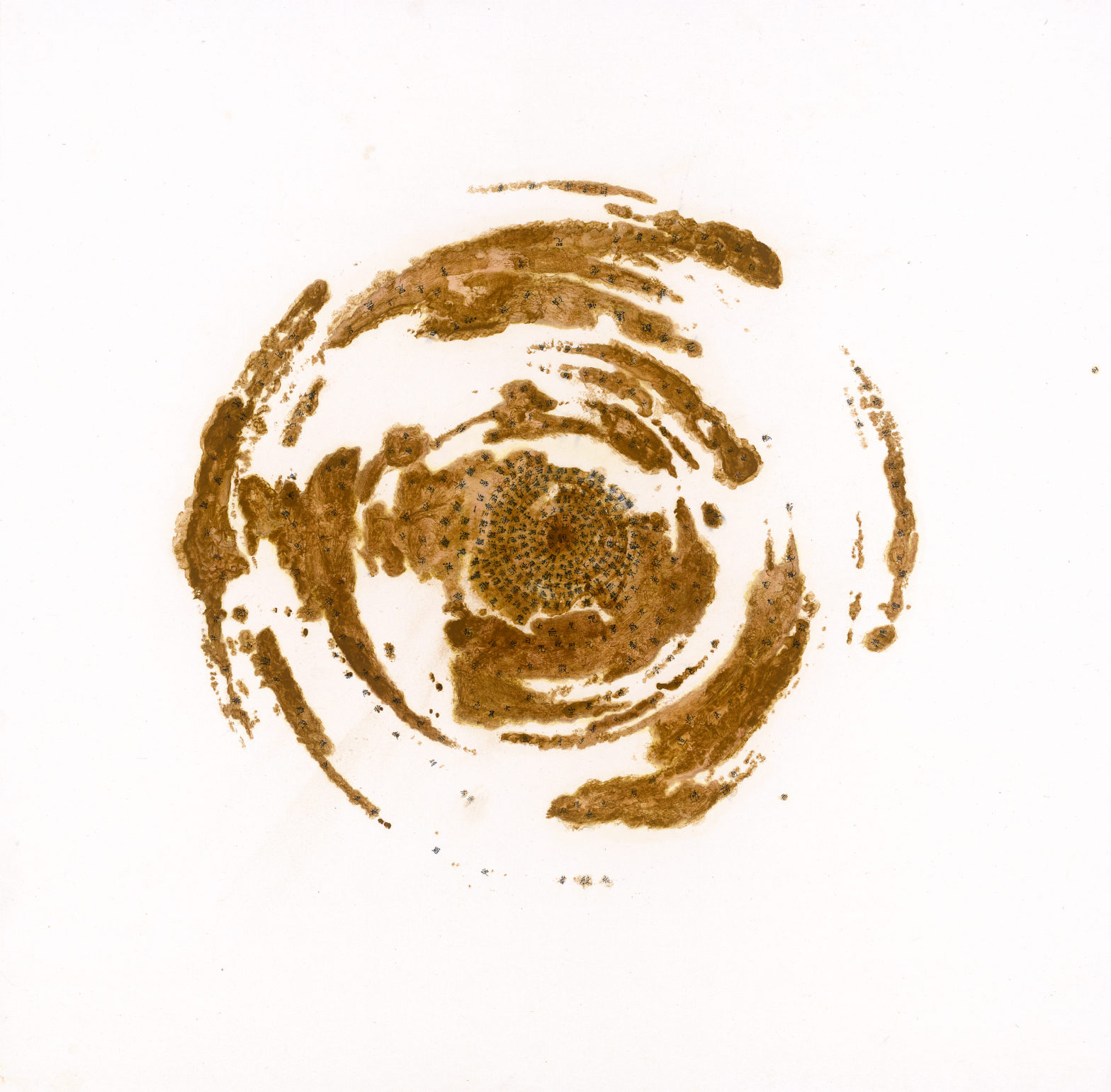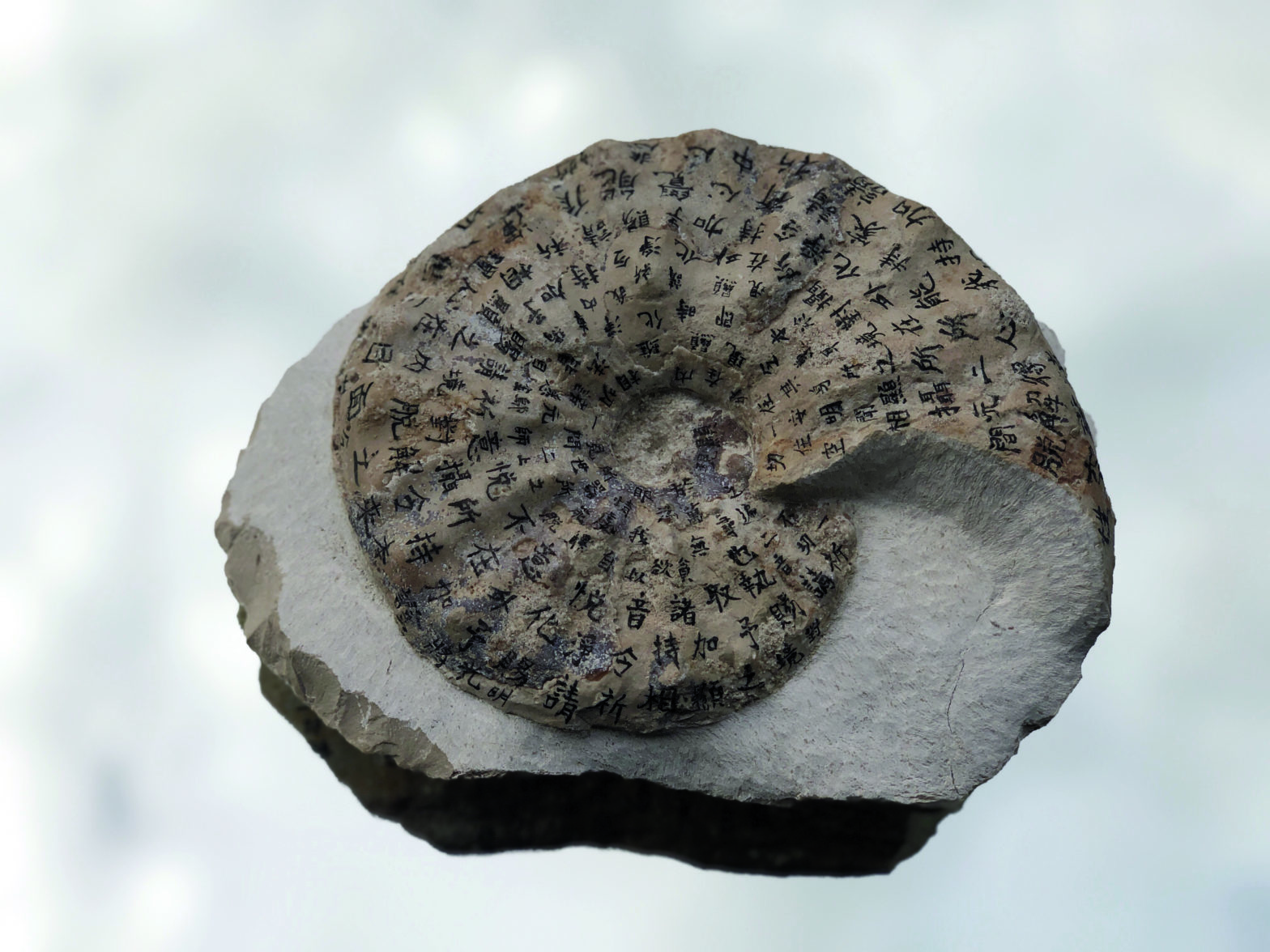Charwei Tsai
-
Green Island Human Rights Art Festival
Green Island Human Rights Art Festival, 2020 If on the margin, draw a coordinate Curated by Sandy Hsiu-Chih LO Green Island White Terror Memorial Park, Taiwan Exhibited works: Numbers (2020), and Songs We Carry (2017~2018) Participating artists: Ashmina Ranjit, Jiandyin in associate with Baan Noorg Collaborative Arts and Culture, WANG Ding-Yeh, Eleng Luluan, The Libera…

-
Whirling Natural Pigment Drawings
Whirling Natural Pigment Drawing series, 2020 Natural mineral pigments and ink on rice paper 89x89cm A new drawings experimenting with the use of natural pigments extracted from minerals such as malachite, cinnabar, ochre. These pigments were found in the cave paintings around Central Asia and along the Silk Road since the 5th century. This is…

-
An Aspiration
An Aspiration, 2020 Various objects including shells, bones, and stones hand-inscribed with prayers Dimensions variable “Signs incised upon the shells of tortoises, upon the bones of oxen. Signs borne upon bronze vessels, sacred and mundane. Divinatory or utilitarian, these signs are manifest first of all as tracings, emblems, fixed attitudes, visualized rhythms. Each sign, independent…

-
Artists’ Cookbook
ARTISTS’ COOKBOOK by Mori Art Museum, Tokyo, 2020 In the 1960s, Allan Kaprow described his art as follows: “Like so many quite acceptable but passing facets of our lives, this art can be considered as a semi-intangible entity, something to be renewed in different forms like fine cooking or the seasonal changes.” * Following the…

